Wheeling and Dealing in Sacred Space
@FractalBounce: June 11, 2024
Money Changers In the Temple
A Timeless Message
In his condemnation of the money changers, Jesus was not merely addressing a local issue of dishonest practices; he was delivering a timeless message that reverberates across ages to the ideological heirs of those very money changers: the fiat central bankers. Jesus foresaw their intrusion into the temple of God, the human being, transforming it into a marketplace. Today, we witness this prophecy realized as bankers, bolstered by big tech, big pharma, the media, and government, have invaded the sacred domain of the human temple, converting it into a den of thieves. Through the collusion of these powerful centralized entities, personal data is commodified, health is monetized, reality is manipulated, and governance is bent towards profit over people. Just as Jesus stood against the desecration of sacred space, so too must we resist the exploitation of the human temple and reclaim the sanctity of our existence.
The Importance of Symbols
Before delving into the significance of the temple encounter, it is imperative to understand the language of signs and symbols, which underpins Jesus’s teachings. Symbols serve as conduits of deeper truths, and Jesus himself frequently employed symbolism to convey profound insights through parables. In Mark 4:10-12, he explains that while the secret of the kingdom of God is granted to some, it remains veiled in parables for others, ensuring comprehension only for those with ears to hear. This underscores the encrypted nature of his messages, deciphered privately for his disciples. The fractal nature of reality, encapsulated in the axiom “as above, so below,” emphasizes the universality and constancy of this symbolic language. Such symbolism transcends time, remaining an unchanging medium of communication that echoes the harmony between the macrocosm and microcosm.
Confucius stated that the world is governed by signs and symbols, not solely by words and laws. Symbols, by their nature, transcend the limitations of language and time, acting as conduits for profound truths and shared understanding. They encompass concrete objects, images, words, or actions that carry meanings beyond their literal interpretations. Whether universal or culturally specific, symbols evoke deep cultural, social, or personal significance, resonating with individuals across generations. Unlike words, which evolve and morph with time and cultural blending, symbols retain their potency as immutable carriers of knowledge and wisdom. Encoded within symbols lie messages that transcend verbal articulation, passed down through generations to those initiated to their meanings. This intrinsic importance of symbols is especially evident in faith and religion, where exoteric truths are conveyed through words while esoteric wisdom is veiled within symbols. The occult, or hidden, meaning of symbols underscores their role as vessels of deeper truths, accessible only to those who hold the keys to their decryption.
Indeed, this reality permeates our daily lives, as evidenced by the symbolic language of dreams. Dreams, composed of archetypal symbols, serve as a bridge between the conscious and unconscious mind, offering insights into the depths of our psyche and the collective unconscious. In essence, symbols are the silent yet potent messengers that speak to the core of our existence, transcending the boundaries of language and time.
The Jesus Method
When Jesus speaks, his words reverberate across space, time, and dimensions, addressing timeless truths applicable to all fractal versions of reality. Just as in his parables, where he conveys profound truths through symbolic narratives, the Temple Encounter reveals deeper layers of meaning. Consider the Parable of the Sower, where seeds symbolize the spread of God’s word, or the Parable of the Good Samaritan, embodying compassion and unity. Similarly, the Parable of the Prodigal Son signifies divine forgiveness and unconditional love, while the Mustard Seed illustrates the growth and expansiveness of God’s kingdom. The Parable of the Lost Sheep portrays God’s unwavering concern for each individual, emphasizing redemption and salvation. Jesus speaks in encrypted metaphors and allegories, with true meanings decipherable only by those who possess the keys.
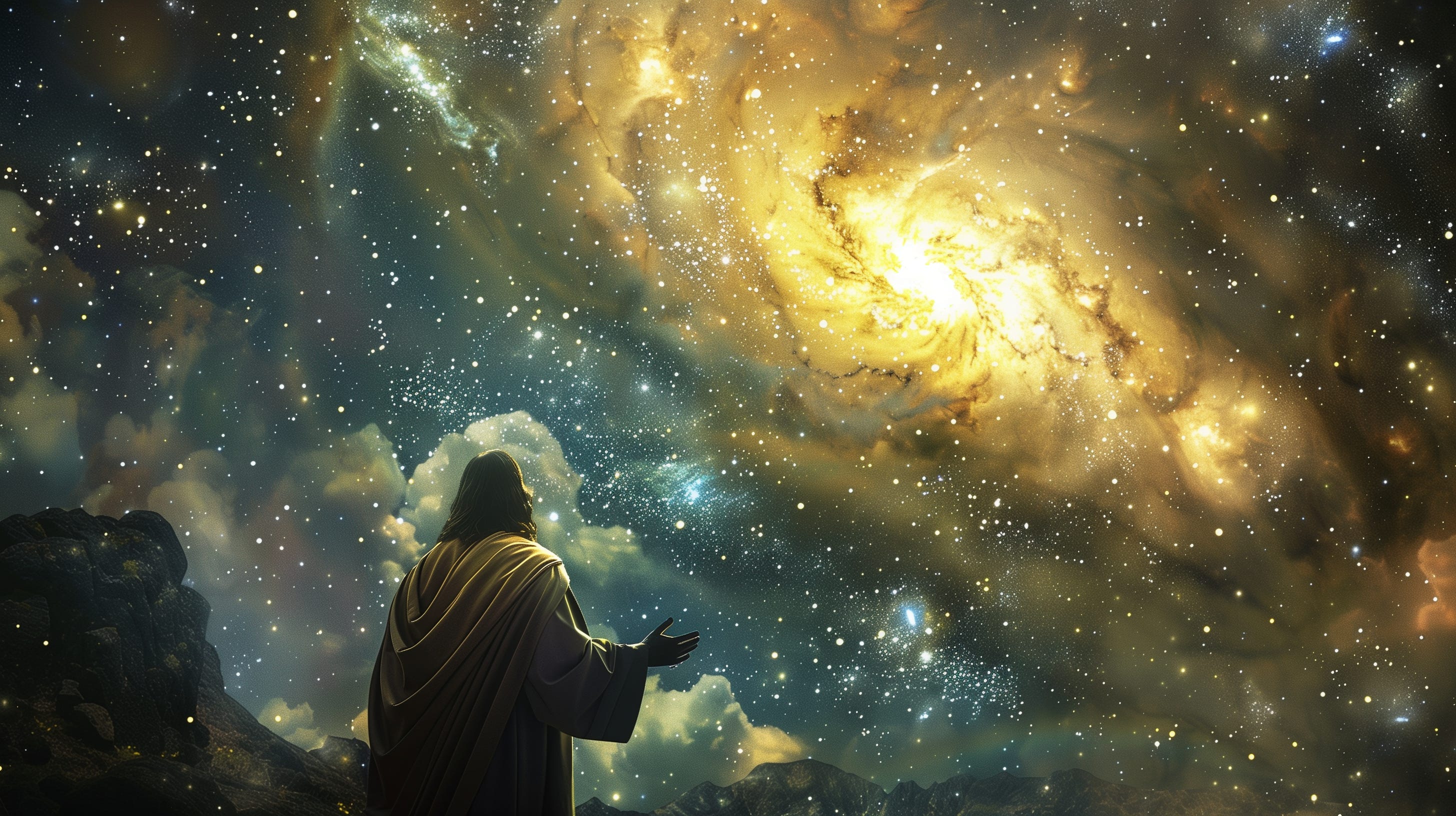
The Temple Encounter
The Temple Encounter, where Jesus confronts the money changers, transcends its historical context with profound symbolic and metaphorical significance. Marked by an uncharacteristically aggressive act from the prince of peace, this event is notable for its intensity. Jesus’s deliberate actions, including braiding a whip out of cords, highlight his premeditated outrage. His disgust for the money changers’ practices is palpable. This confrontation was one of Jesus’s final acts before his execution, likely related to this very incident. Another significant temple-related event involved Jesus predicting the temple’s destruction and its restoration in three days (John 2:18-22), inciting the Jewish scholars’ fury. These actions symbolize the cleansing of sacred space, purging it of corruption, and restoring its sanctity as a dwelling for divine presence and spiritual enlightenment.
Temple Symbolism
The concept of the temple in spiritual traditions transcends its physical structure, embodying profound symbolism linked to the human body. The temple’s primary purpose is to serve as a sacred space for communion with the divine. While this interpretation is apparent, a deeper examination reveals that the body itself is regarded as a temple of God. In the New Testament, Jesus warns against allowing the “money changers” to enter and desecrate this sacred space, symbolizing the corruption and distractions that can defile our spiritual purity. The body, as a temple of God, aligns with the biblical measurements “according to the measure of man” (Revelation 21:17), signifying that the divine presence is meant to dwell within us. Furthermore, Acts 7:48 emphasizes that “the Most High dwells not in temples made with hands,” highlighting that true sanctity resides within the human spirit. This is echoed in 1 Corinthians 3:16, which reminds us, “Know you not that you are the temple of God and that the Spirit of God dwells in you?” Thus, our bodies are sacred vessels, and maintaining their purity is essential for nurturing our divine connection.
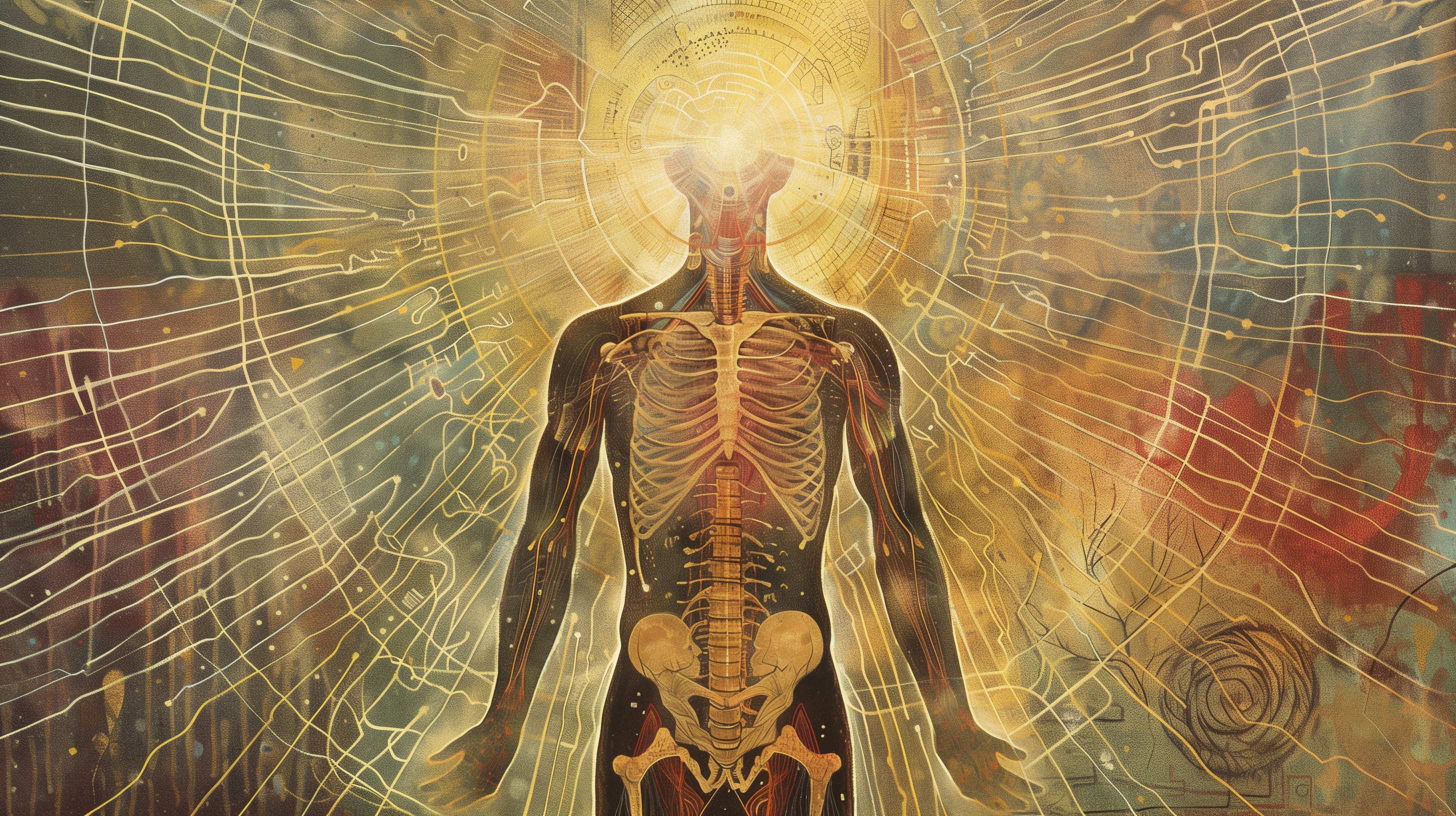
In ancient cultures, the temple of worship was often patterned after the human body, reflecting a profound link between physical structures and spiritual concepts. The Hebrew Temple, particularly the Temple of Solomon, was an exemplary model with its three main sections: the Outer Court, the Holy Place, and the Holy of Holies. These sections correspond to different aspects of human consciousness and the spiritual journey.
The Outer Court, the outermost section of the Temple complex, was accessible to all worshippers and contained the altar for burnt offerings and the large bronze basin known as the “Bronze Sea” for the priests’ ceremonial washings. Symbolically, the Outer Court represents the physical body or the material world. It is the realm of the senses, where interactions with the physical and external environment occur. Just as the Outer Court was a place for initial cleansing and preparation, the physical body is the starting point for spiritual practice and discipline.
The Holy Place, reserved exclusively for priests, contained the golden lampstand (menorah), the table of showbread, and the altar of incense. This section of the Temple is associated with the heart center or the emotional and mental aspects of human consciousness. It represents the realm of inner purification, devotion, and spiritual understanding. Only those dedicated to spiritual service could enter the Holy Place, mirroring the inner work required to cultivate a heart that is pure and attuned to higher spiritual truths.
The Holy of Holies, the innermost and most sacred section of the Temple, housed the Ark of the Covenant, symbolizing the presence of God among His people. The High Priest could enter this section only once a year on the Day of Atonement (Yom Kippur) to offer sacrifices for the forgiveness of sins. This sacred space is often associated with the third eye or crown chakra, located at the center of the forehead or the top of the head, respectively. The Holy of Holies represents the highest level of spiritual consciousness and direct communion with the divine. It is the ultimate goal of the spiritual journey, where one experiences unity with God and profound spiritual insight.
In these esoteric traditions, the architecture and symbolism of the Temple reflect the inner journey of the individual seeker. Each section of the Temple represents a stage of spiritual awakening and progression toward union with the divine. The Outer Court corresponds to the initial engagement with the spiritual path, the Holy Place signifies the deepening of inner spiritual practices, and the Holy of Holies represents the culmination of the journey, where one attains the highest state of spiritual consciousness and direct experience of the divine presence in communion with God.
The Money Changers
The ideological descendants of the ancient money changers are the modern bankers who dominate today’s financial system, particularly through the fiat monetary system characterized by central banking and the dubious practice of fractional reserve banking. This system, much like a sophisticated Ponzi scheme, allows banks to lend out significantly more money than they actually hold in reserves, creating money out of thin air and perpetuating cycles of debt and inflation. These bankers, driven by insatiable greed, prioritize profit above all else, regardless of the societal cost. Their relentless drive to monetize every aspect of human life transforms essential needs and services into mere commodities, deepening economic disparities. Guided solely by principles of profit and avarice, they manipulate financial markets, influence political systems, and destabilize economies, often leaving the broader society to bear the brunt of their reckless actions.
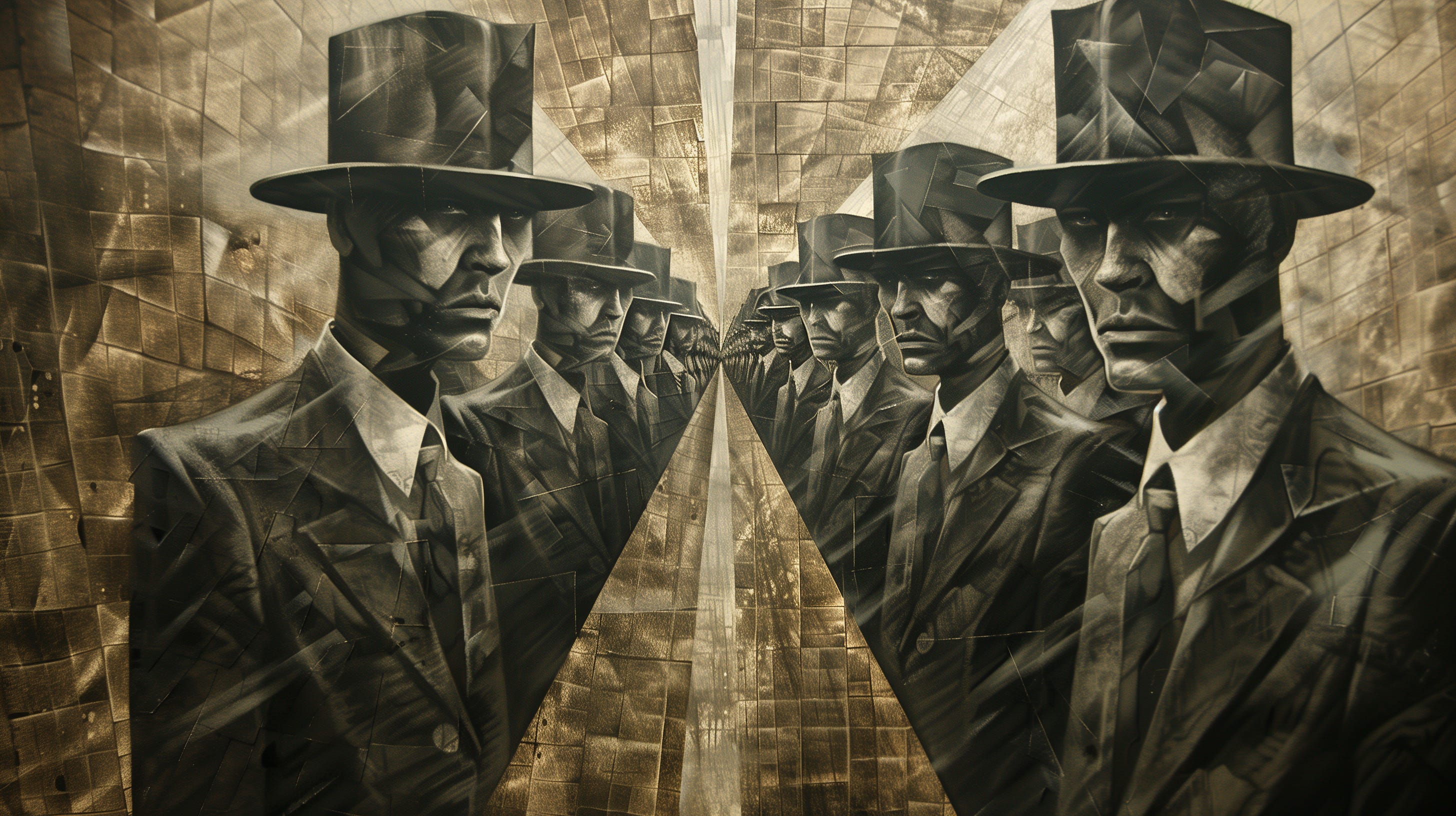
The money changers operate under lower vibratory forces such as profit, power, position, and greed. While their services might occasionally be necessary, they exploited their position, installing themselves as gatekeepers within the temple. By doing so, they obstructed believers from using the temple for its intended sacred purpose: to commune with the divine.
The Money Changers’ Plans
In the time of Jesus, conducting temple activities required navigating through these gatekeepers. The money changers established a marketplace inside the temple, despite having the option to do so outside. This marketplace featured two main activities: currency exchange and the purchase of animals for sacrifice. The Tyrian shekel, used in the temple, bore the image of the Phoenician god Melqart, also known as Baal or Beelzebub to the Jews. During special holidays, believers traveled from various provinces to the temple to sacrifice animals for the forgiveness of their sins, bringing money instead of animals for practicality. For the money changers, this was akin to a lucrative Black Friday.
The crux of the issue is that the money changers exploited people’s devotion to God for profit, turning the temple into a bustling marketplace. However, the temple was meant to be a place of prayer, communion with God, and sanctity.
Jesus’ Outrage
Jesus’ outrage becomes more comprehensible when considering the full context. The money changers not only established their exchange and marketplace inside the temple, altering the sacred space’s environment and ambiance, but also mandated transactions using a coin bearing the image of a false or lesser god. Placing the image of a god in the temple is considered an abomination; an example being when an image of Zeus was placed in the Hebrew temple, referred to as the abomination of desecration.
In the temple encounter, regular transactions occurred inside the temple using a coin with the image of a false god, a practice deeply offensive to the Hebrews due to their long history dating back to their captivity in Babylon centuries earlier. This combination of commercial activity within the sacred space and the use of idolatrous currency culminated in Jesus’ righteous anger, driving him to cleanse the temple of these defilements.
The Modern Money Changers Invade
Today, the modern money changers have breached the sacred space of the human temple. In the digital age, our DNA and data have become the currency within this sanctum, where profit-driven entities engage in a relentless trade at the expense of our privacy and autonomy. Our data trails—comprising our thoughts, perceptions, and intentions—are commodified, ripe for exploitation by these contemporary money changers. Through the monetization of our data, these entities infiltrate the very core of our being, possessing an intimate knowledge of us that surpasses our own self-awareness. This profound insight becomes a potent tool for manipulation, as they orchestrate stimuli to alter our perceptions and decisions, all in the relentless pursuit of profit.
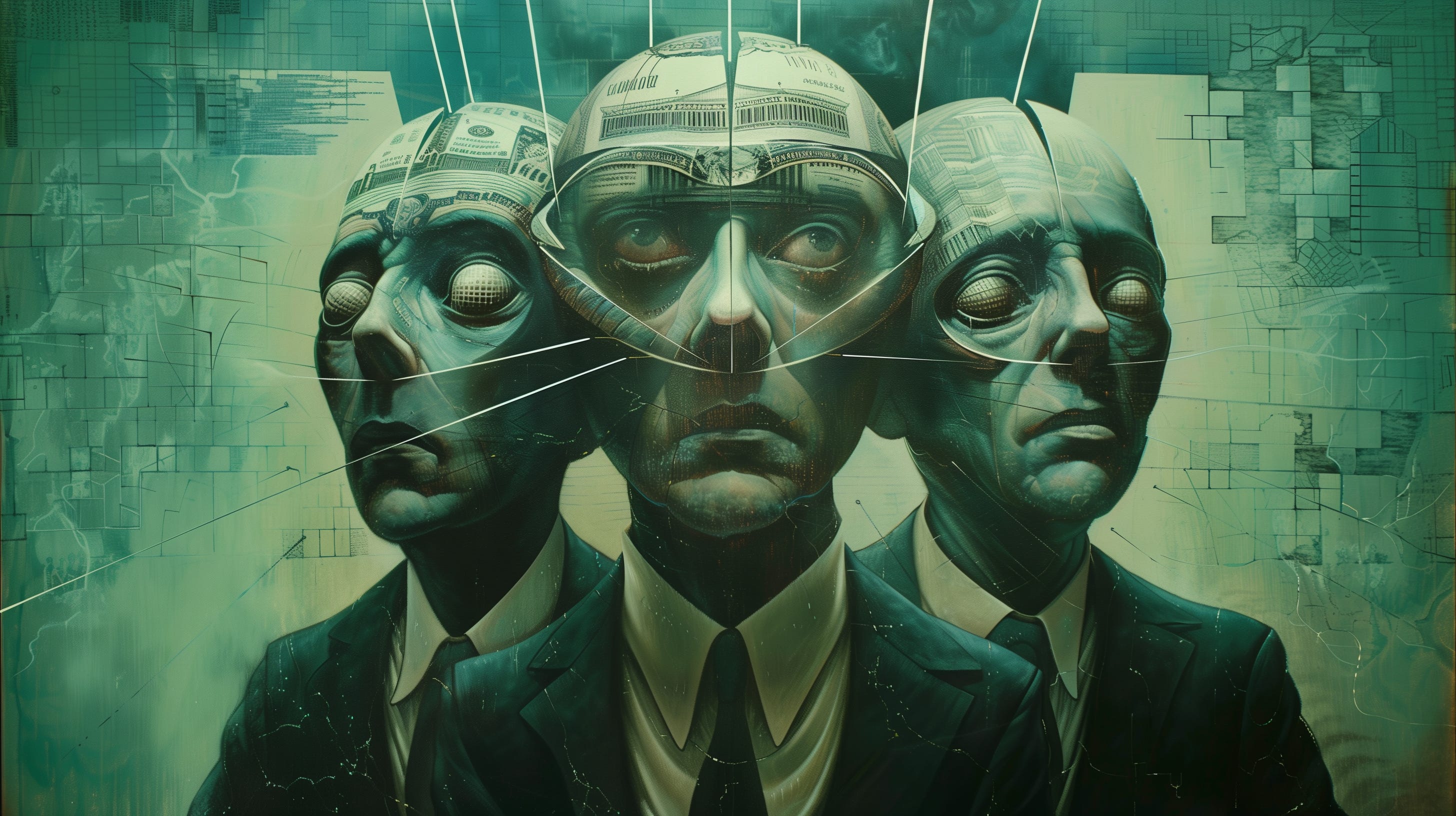
Under the guise of enhancing user experience, they monitor and surveil us, blurring the lines between personal autonomy and corporate surveillance. Thus, the temple of our existence is transformed into a marketplace of manipulation, where our most private thoughts and actions are leveraged for financial gain. Yet, amidst this encroachment, we must remain vigilant guardians of our sovereignty, resisting the commodification of our identities and reclaiming the sanctity of our temples.
The temple is not intended to be a marketplace. Markets thrive on profit and greed, whereas the temple is meant for communion with the divine, a house of prayer and meditation. By placing themselves within the temple, the money changers altered its atmosphere from one of reverence to one of trading, transforming it into a den of thieves. Jesus’ rebuke reverberates to our day. Our minds and bodies have been invaded by ideas, products, and services, many of which infiltrate our sacred space through deception. The temple is intended to be a place where we communicate with God through prayer and meditation. Many are awakening to the reality that the entertainment and news media are tools of psychological manipulation, designed to uphold state narratives through deceit.
In this modern landscape, the temple of our being must be defended against those who seek to exploit it. We must reclaim our sacred spaces, ensuring they remain places of purity and spiritual connection, rather than succumbing to the insidious influences of the modern money changers.
Bitcoin, the Whip
How do we drive them out? Just as Jesus braided a whip and physically and verbally assaulted the money changers, intentional and premeditated action is required to expel them, resisting their psyops and deception. In this narrative, Bitcoin can be seen as the whip in the hands of Jesus. It strikes the money changers and overturns their tables. Bitcoin is already challenging the status quo by absorbing more economic energy from the global economy. As the world de-dollarizes, value increasingly flows into this trustless network. Bitcoin stands in stark opposition to the fiat system: it embodies sovereignty and self-custody, grounded in truth, code, and mathematics, all of which are transparent and verifiable. Bitcoin operates on voluntary participation, whereas fiat currency is imposed through coercion. It is decentralized, without a central authority or leader, and it cannot be turned off.
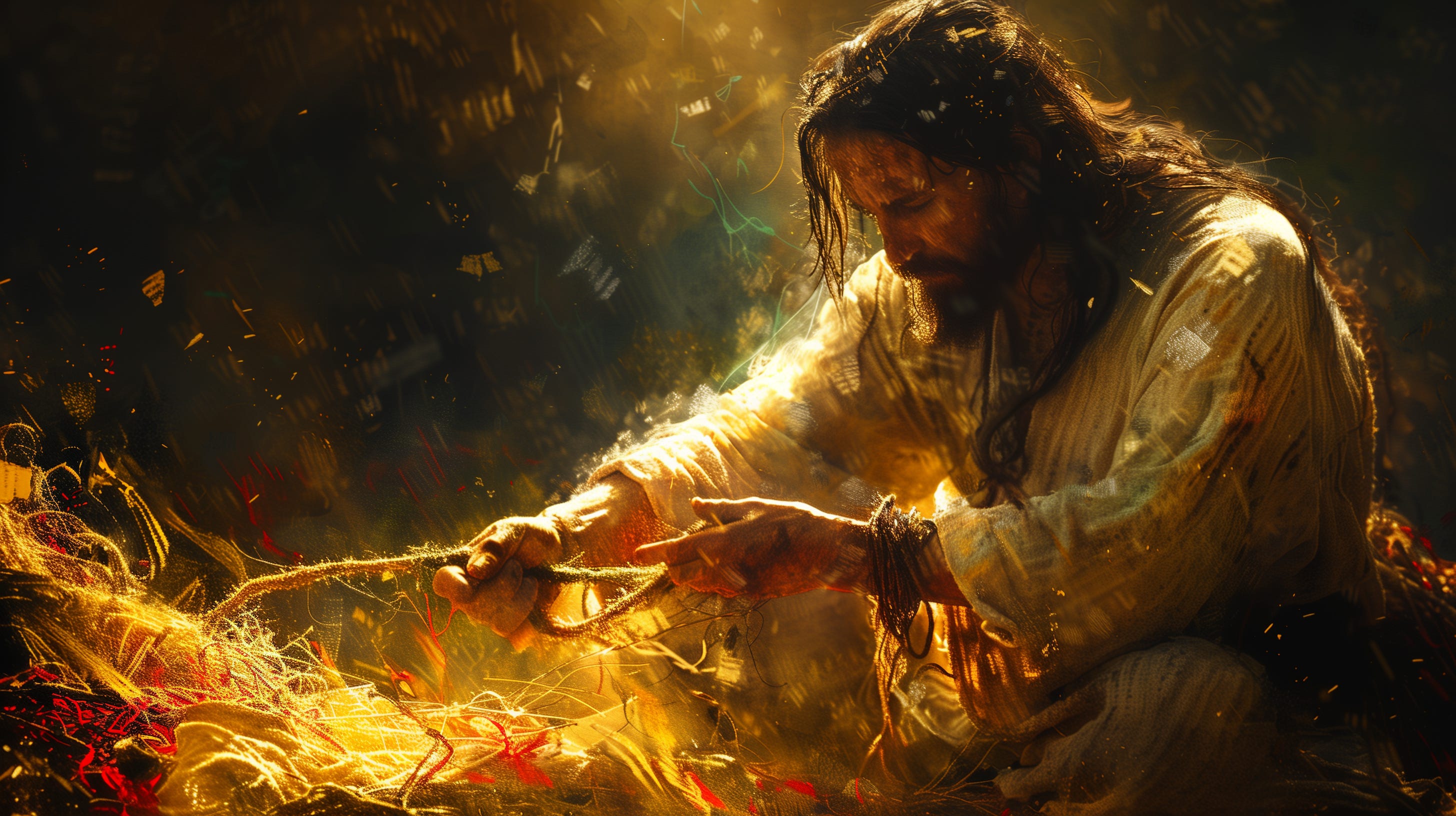
In the Gospel of Mark, it is recorded that Jesus overturned the chairs of the money changers, likely using a whip. Could Bitcoin be the modern whip that topples the central banks and their chairmen? Without Bitcoin, we face the prospects of CBDCs, trans-humanism, and enslavement.
Whoever Has Ears, Let Him Hear
Do you understand? Bitcoin stands in complete opposition to the current deceptive control system imposed by the rulers of this world. It emerged suddenly and mysteriously, challenging the existing order. Whoever has ears, let him hear. Bitcoin represents truth against deception, separating money from state and removing the most potent tool of reality manipulation from the money changers. Its philosophy and economics are morally and technically superior to the imposed current system. In this way, Bitcoin disrupts and overturns the money tables of the central bankers, stripping the power of the printing press from corrupt individuals.
Our bodies are temples of God, invaded by the bankers’ corrupt influence. By embracing Bitcoin, we can reclaim the separation of money and state, driving out the money changers and their surveillance-based model from our holy temples, transforming them back into houses of prayer and communion with God.